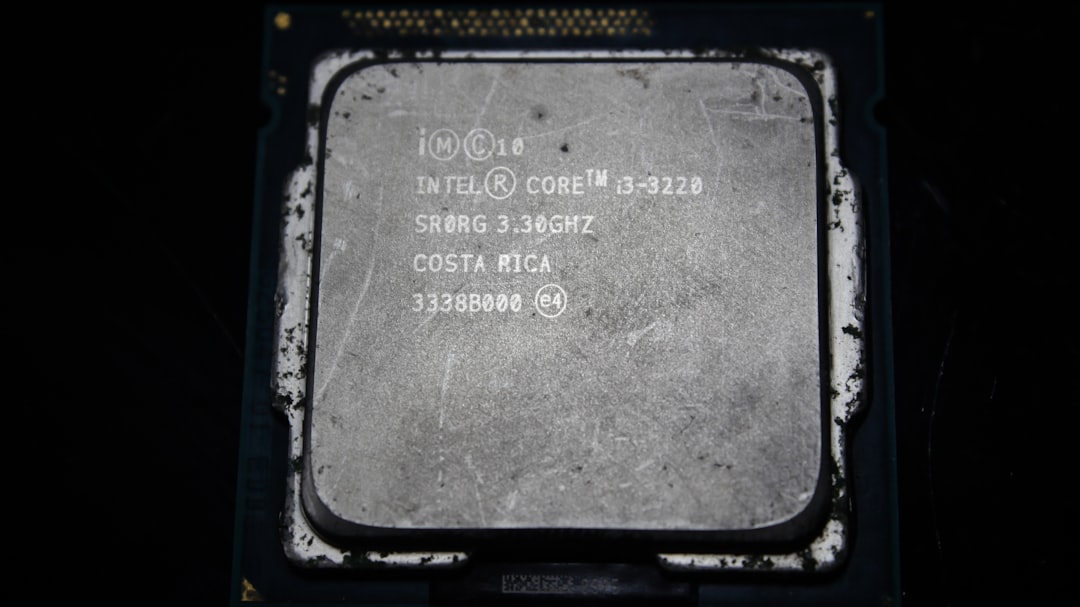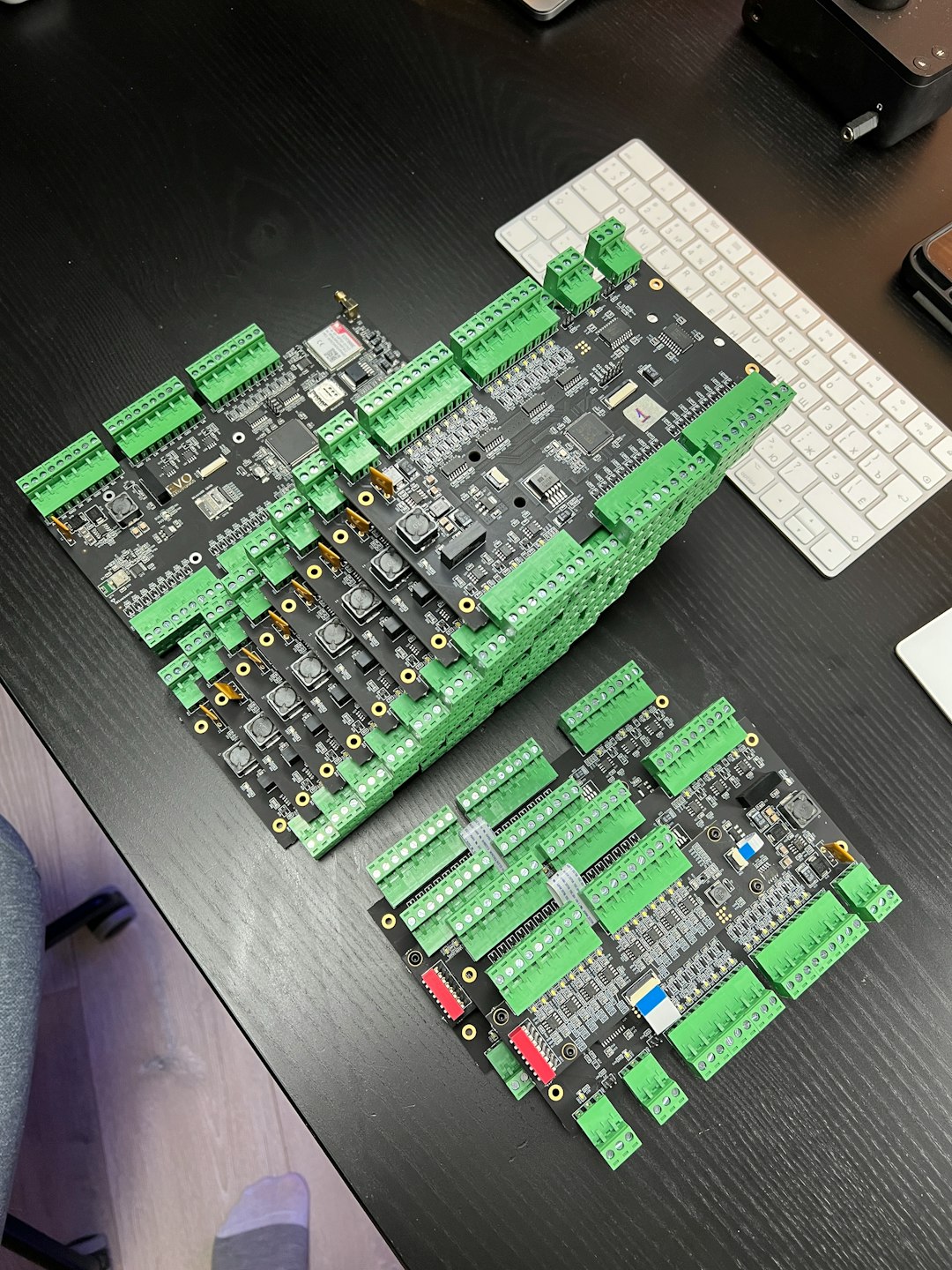Ever wondered what motherboard your computer has? Maybe you’re upgrading a component, or just curious. No worries! Finding out what motherboard you have isn’t as hard as it sounds.
Let’s break it down in a fun and simple way!
What Even Is a Motherboard?
The motherboard is like the central hub of your computer. Every major part connects to it — the CPU, RAM, GPU, hard drives, and more. It’s the big flat board that ties everything together.
Knowing what motherboard you have can help when upgrading, troubleshooting, or building a PC from scratch.

Why You Should Know Your Motherboard
Here are some good reasons you might need the info:
- Upgrading the CPU – Not all CPUs work with all motherboards.
- Installing more RAM – You need to know what kind of RAM is compatible.
- Adding more storage – Different boards support different types of drives.
- Troubleshooting issues – It helps to know exactly what hardware you have.
Alright, ready to find out what motherboard you’re rocking?
Method 1: Check Without Opening Your PC
Let’s start with the easiest route — using software. No screwdrivers needed!
Using Windows System Info
- Press Windows Key + R on your keyboard. This opens the Run window.
- Type msinfo32 and hit Enter.
- This opens the System Information tool!
Look for:
- BaseBoard Manufacturer
- BaseBoard Product
- BaseBoard Version
That combo tells you who made your motherboard and what model it is. Easy, right?
Using Command Prompt
- Open Command Prompt (search for cmd).
- Type this in and press Enter:
wmic baseboard get product,manufacturer,version,serialnumber
Boom. Instant motherboard details appear!

Download a Free Tool
Still want more details, or it didn’t work? Use a free system tool like:
- CPU-Z
- Speccy
- HWiNFO
These tools show everything from your motherboard to your CPU temperature.
Method 2: Peek Inside Your PC
If you can’t boot your PC or prefer a more hands-on method, open it up.
BE CAREFUL! Make sure to:
- Turn off your PC
- Unplug it
- Touch metal or wear an anti-static wristband to avoid shocking your components
Find the Label
Once opened, look at the large flat board that everything connects to. Somewhere near the center or between expansion slots, you’ll likely see the model printed. It might look like:
- ASUS ROG STRIX B550-F
- MSI Z690 PRO
- Gigabyte B450M DS3H
Look for a brand and a model number. You can Google that info to learn tons about your board!
Where to Look
- Near the center of the board.
- Between or under the RAM slots.
- Next to the CPU socket.
- On the manual that came with your PC build (if you kept it!).
Still Not Sure?
If you’re struggling to read the text or find the info, snap a photo and do a quick online search. You can often spot the board model by something familiar like:
- “B450”
- “Z790”
- “LGA1151”
Those strings connect to chipset types or CPU socket info — all of which help ID your board.
Motherboard Lingo: What Does It All Mean?
You might come across weird codes. Here’s a mini cheat sheet:
- LGA – Intel CPU socket type.
- AM4 – AMD CPU socket type.
- ATX, Micro-ATX, Mini-ITX – Motherboard sizes.
- Chipset – Determines features like overclocking or supported CPUs (e.g., B550, Z690).

Pro Tip: Save That Info!
Once you’ve figured out your motherboard, write it down! Keep a document on your PC or cloud with your hardware details. Saves trouble later.
Bonus: What If You Have a Laptop?
With laptops, things are trickier. Motherboards are custom-built for each model.
To find your motherboard info on a laptop, try:
- Using System Information.
- Checking your laptop’s model online.
- Calling support or checking the manufacturer’s website.
But honestly, most laptop motherboards aren’t upgradable. So unless you’re troubleshooting, you might not need to dig too deep.
Wrap-Up: It’s Easier Than You Think!
So now you’ve got the inside scoop on your PC’s central hero — the motherboard. Whether you’re upgrading parts or just geeking out, knowing your board model is super helpful.
To recap, here are all the trusty ways to find out:
- Use System Info in Windows.
- Run a Command Prompt command.
- Download a free tool.
- Physically inspect the board.
You don’t need tech superpowers — just a bit of curiosity and the right steps.
So go ahead, check what motherboard you have. You’re officially a PC detective now!



Leave a Reply